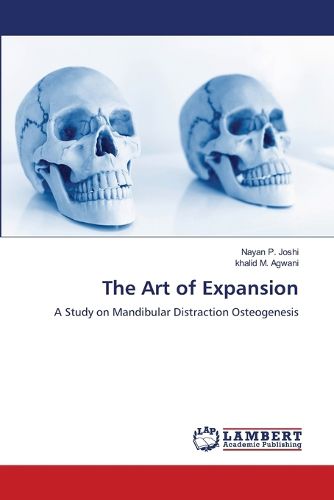Readings Newsletter
Become a Readings Member to make your shopping experience even easier.
Sign in or sign up for free!
You’re not far away from qualifying for FREE standard shipping within Australia
You’ve qualified for FREE standard shipping within Australia
The cart is loading…






This title is printed to order. This book may have been self-published. If so, we cannot guarantee the quality of the content. In the main most books will have gone through the editing process however some may not. We therefore suggest that you be aware of this before ordering this book. If in doubt check either the author or publisher’s details as we are unable to accept any returns unless they are faulty. Please contact us if you have any questions.
Osteodistraction is a surgical technique that manages developmental anomalies of the craniofacial skeleton. It involves bone elongation, allowing for the gradual formation of new bone tissue, correction of skeletal discrepancies, and restoration of facial harmony and function. This procedure is beneficial for patients with various craniofacial deformities, trauma-related defects, or significant mandibular augmentation. However, careful patient selection and evaluation of potential risks and complications are crucial. Advancements in surgical techniques, implant designs, and biocompatible materials could further enhance the safety and efficacy of this procedure.
$9.00 standard shipping within Australia
FREE standard shipping within Australia for orders over $100.00
Express & International shipping calculated at checkout
This title is printed to order. This book may have been self-published. If so, we cannot guarantee the quality of the content. In the main most books will have gone through the editing process however some may not. We therefore suggest that you be aware of this before ordering this book. If in doubt check either the author or publisher’s details as we are unable to accept any returns unless they are faulty. Please contact us if you have any questions.
Osteodistraction is a surgical technique that manages developmental anomalies of the craniofacial skeleton. It involves bone elongation, allowing for the gradual formation of new bone tissue, correction of skeletal discrepancies, and restoration of facial harmony and function. This procedure is beneficial for patients with various craniofacial deformities, trauma-related defects, or significant mandibular augmentation. However, careful patient selection and evaluation of potential risks and complications are crucial. Advancements in surgical techniques, implant designs, and biocompatible materials could further enhance the safety and efficacy of this procedure.